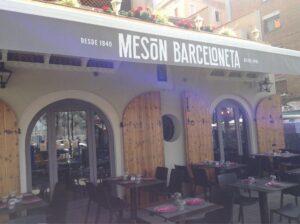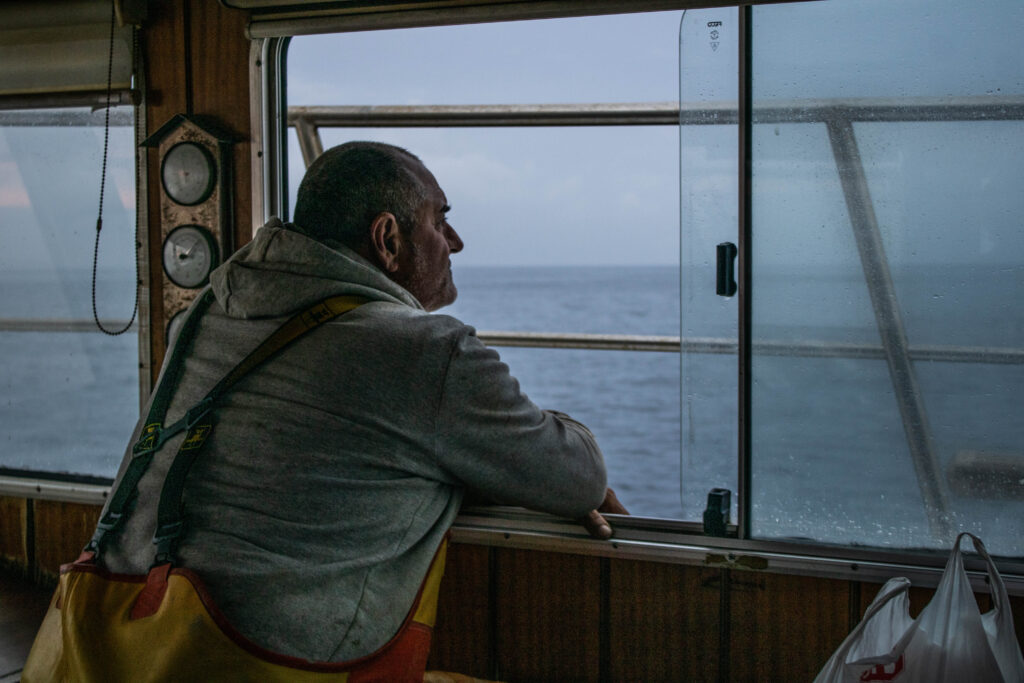Dr. Frederic Duran i Jordà was a world pioneer in the creation, for the first time in history, of a transfusion service, in the modern sense of the term.
A neighbour forgotten by the neighbourhood, he is possibly one of the most important figures to have come out of Barceloneta, where we have the continuing tendency to not value local potential.
Frederic Duran i Jordà was born in Barceloneta in 1905. The fifth son of a family of merchants from Martorell, he studied medicine at the University of Barcelona, graduating at the age of twenty-three. He joined the chair of Surgical Pathology, directed by Dr. Antoni Trias Pujol at the Hospital Clínico, who put him in charge of the Clinical Analysis section at the Digestive System Dispensary, which he led until 1934.
A member of the PSUC since his youth, he joined Hospital 18 located on Montjuic mountain at the beginning of the war, to collaborate in the care of both civilian and military wounded and taking charge of the Analytical department, where he saw the need to create an innovative service to provide enough blood for transfusions for the wounded at the front.
At that time, direct transfusions were carried out elbow to elbow and little was studied about how to preserve blood so that it could be transported where it was needed without spoiling and without the need for the donor to be in the same place as the recipient. A real challenge, which required the creation of new logistics to transport blood, the implementation of all the technology that existed in relation to blood conservation and the ability to organize a human group with the capacity to put all this into operation. Thanks to his analytical and practical vision, Dr. Duran designed an innovative method of collecting, preserving and transporting blood with the creation of the Blood Bank in Barcelona, which was the first Transfusion Service in history. It is the one that will be called the Duran Method in medicine.
Donors were recruited through radio advertisements, always following the Method in an exhaustive and rigorous manner. The first step was to record the donor’s name, address and medical history. Then the blood was classified by blood group, tested for syphilis and filtered and microbiologically cultured to discard contaminated blood.
Initially, blood of group 0 went directly to the front and blood of group A went to the city hospitals where the recipient’s blood group was checked. Since the recipient’s blood group was not known, Dr. Duran had the brilliant idea of mixing blood from six different donors to reduce the possible risks as much as possible.
Once the donor’s blood was extracted, it was mixed with a citrate solution and stored in sterile, vacuum-sealed glass bottles that were kept at 2 °C for fifteen days. The blood was transported by truck equipped with generators that went directly to the war hospitals, obtaining a self-injectable transfusion.
In September 1936, the first shipment of seven litters of blood was sent from Barcelona to the hospitals of the Aragon Front, using a truck with two generator sets that was used to transport fish from the north. These generators kept the blood at a low temperature, allowing it to be transported over a distance of about 300 meters. km. It was the first mobile unit for transporting blood in the world.
It is estimated that there were more than 28,900 donors, more than 20,000 donations were made and more than 9,000 litres of blood were processed and prepared throughout the war.
After the war he went into exile in the United Kingdom at the invitation of the British Red Cross, settling in Manchester, where he had to validate his degree as a pathologist in order to be able to practice and where he became director of pathology at the Hall of Fame. Children’s Hospital and the Monsall Hospital. He died of leukaemia at the age of 51, on March 30, 1957 at the Royal Infirmary from Manchester.










